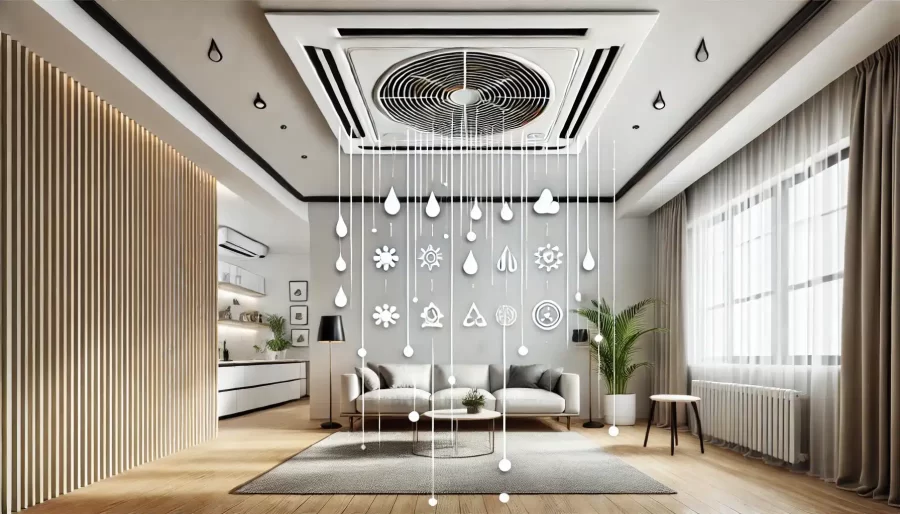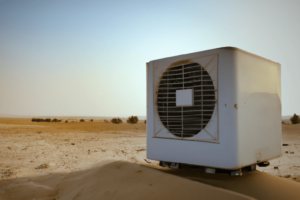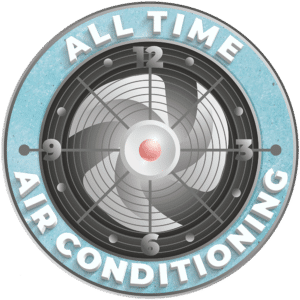Exploring Causes and Solutions for Ceiling Vent Leaks
- Identifying the Reasons Behind Condensation Issues
- Effective Strategies to Prevent Water Drips from Ceiling Vents
What Causes Condensation Dripping from Ceiling Vent?
Condensation dripping from your ceiling vent can be a concerning issue for many homeowners. This problem typically occurs when the cold air from the AC meets the warmer air in your home, leading to condensation. Other factors, such as improper insulation or high humidity levels, can also contribute to this issue.
Key Factors Contributing to Condensation:
- Poorly insulated ducts
- High indoor humidity levels
- Cold air leaks around the vents
“Excessive condensation from ceiling vents can lead to water damage and mold growth if not addressed promptly.” – HVAC Expert
Why Is My Vent Leaking Condensation?
Addressing the secondary question of ‘Why is my vent leaking condensation?’ helps in understanding that it’s not just about temperature differences but also about airflow and vent maintenance.
Learn more about humidity control in your HVAC system here.
- Checking vent installation and seals
- Evaluating the humidity levels inside your house
- Inspection and maintenance of HVAC systems
How Do I Stop Condensation on My Ceiling Vents?
Stopping condensation on ceiling vents involves several proactive measures:
- Maintain lower indoor humidity: Use dehumidifiers or upgrade your HVAC system to include humidity control.
- Insulate ducts: Ensure that all HVAC ducts are well insulated, especially those passing through unconditioned spaces like attics or basements.
- Routine Maintenance: Regular cleaning and servicing of your HVAC unit and ceiling vents can prevent condensation issues.
Detailed Measures to Prevent Condensation:
“Regularly changing your HVAC filters and sealing any leaks in ductwork are essential steps towards preventing condensation problems.” – Home Maintenance Specialist
Frequently Asked Questions About Condensation in Ceiling Vents
- Can ceiling vent condensation cause mold?
- Yes, prolonged exposure to moisture due to condensation can lead to mold growth, which is detrimental to both health and home structure.
- Are certain homes more at risk?
- Homes in areas with high humidity or older houses with outdated HVAC systems might experience more issues related to condensation in ceiling vents.
- What is the best way to insulate my ceiling vents?
- Using spray foam or wrap insulation specifically designed for ductwork can effectively insulate ceiling vents and prevent temperature discrepancies that lead to condensation.
- How often should I inspect my ventilation system?
- Ideally, you should inspect your HVAC system bi-annually—before the onset of extreme weather conditions like summer and winter.
- Can upgrading my HVAC system reduce cond esation issues?
- A modern HVAC system equipped with dehumidifiers and better insulation around ducts can significantly reduce condensation problems.
The issue of condensation dripping from ceiling vents, though common, requires prompt attention and adequate preventive measures. By understanding the underlying causes and implementing suggested solutions, you can protect your home from potential damages caused by excess moisture. Remember, dealing with condensate issues is not just about repairs but also involves preventing future occurrences through regular maintenance and possibly upgrading your existing HVAC system. Consult with a professional if symptoms persist or worsen despite following these guidelines.










Leave a Reply
Your email is safe with us.